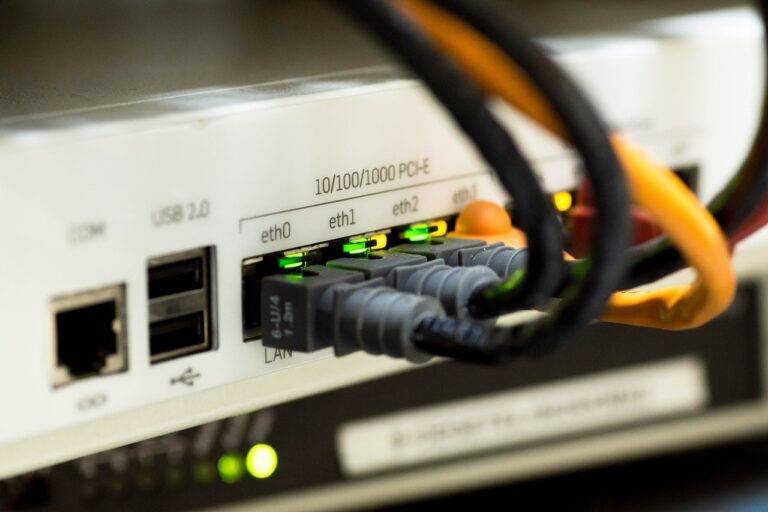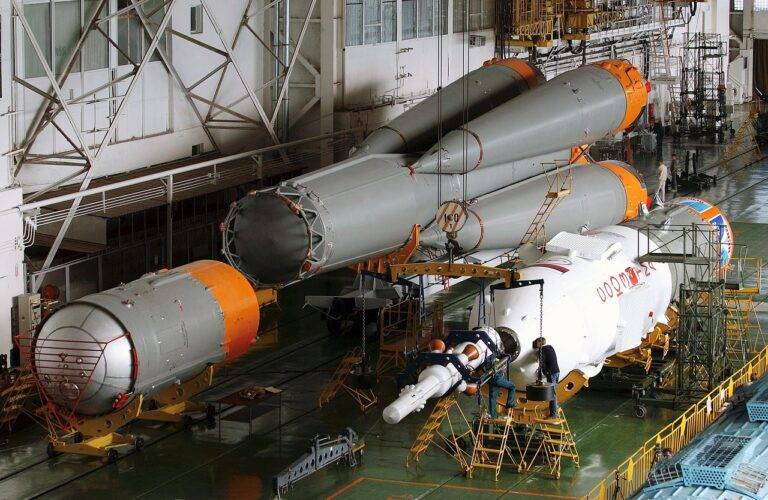Tech Trends in IT Infrastructure
Migrating to cloud computing solutions can offer numerous benefits to businesses, including increased flexibility, scalability, and cost-efficiency. However, before making the transition, organizations must carefully consider their specific needs and requirements. One key consideration is ensuring data security and compliance with regulations, as data stored in the cloud may be more vulnerable to cyber threats.
Another important aspect to take into account is the selection of the right cloud service provider. Businesses should evaluate factors such as service quality, uptime guarantees, and data recovery options before committing to a provider. Additionally, establishing clear communication and collaboration channels with the chosen provider is crucial for seamless integration and ongoing support.
The Impact of Artificial Intelligence on IT Infrastructure
Artificial intelligence (AI) has revolutionized the landscape of IT infrastructure by enhancing automation, predictive analytics, and overall efficiency in managing large-scale systems. The integration of AI tools into IT infrastructure allows for real-time monitoring and proactive problem-solving, minimizing downtime and optimizing resource utilization. As AI continues to evolve, its impact on IT infrastructure will be increasingly profound, reshaping the way organizations operate and manage their technology environments.
Another significant aspect of AI’s impact on IT infrastructure is its ability to detect and respond to security threats swiftly and intelligently. By leveraging AI-powered cybersecurity solutions, organizations can strengthen their defenses, identify potential vulnerabilities, and mitigate risks promptly. AI algorithms can analyze vast amounts of data at a speed that surpasses human capabilities, enabling proactive threat detection and streamlined incident response protocols within IT infrastructure.
Emerging Trends in Network Security
With the rapid advancements in technology, network security is continuously evolving to keep up with emerging threats. One key trend in network security is the rise of zero-trust architecture, which operates on the principle of trusting no one and verifying everyone. This approach requires strict identity verification for all users and devices trying to access the network, irrespective of their location, thus reducing the risk of insider threats and unauthorized access.
Another significant trend is the increasing adoption of artificial intelligence and machine learning in network security operations. AI-driven security solutions are able to detect and respond to threats in real-time, as well as provide predictive analytics to help organizations proactively address potential vulnerabilities. By leveraging AI technology, businesses can enhance their overall security posture and stay ahead of cyber threats in an ever-evolving digital landscape.





